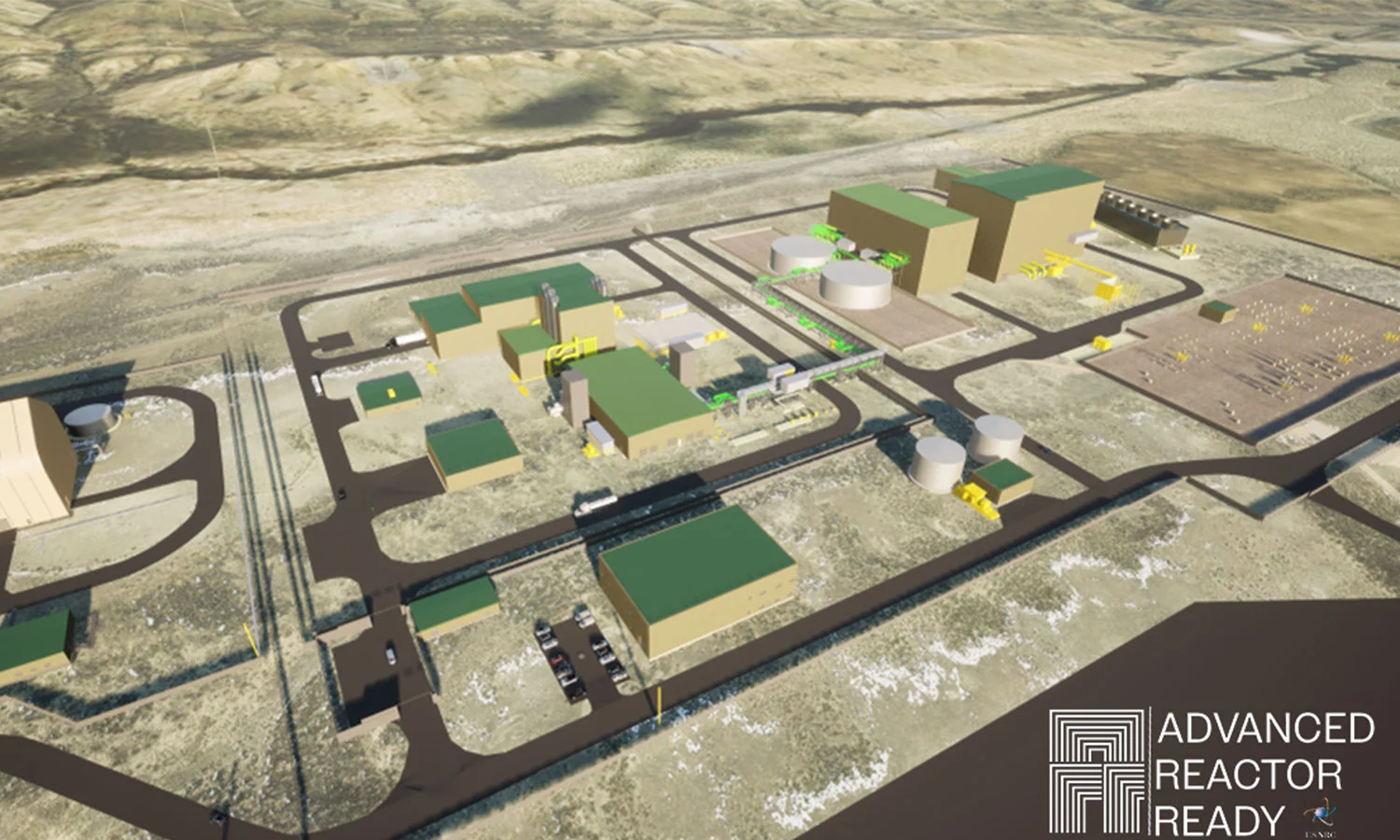A realistic understanding of their costs and risks is critical.
What are SMRs?
-
SMRs are not more economical than large reactors.
-
SMRs are not generally safer or more secure than large light-water reactors.
-
SMRs will not reduce the problem of what to do with radioactive waste.
-
SMRs cannot be counted on to provide reliable and resilient off-the-grid power for facilities, such as data centers, bitcoin mining, hydrogen or petrochemical production.
-
SMRs do not use fuel more efficiently than large reactors.
[Edit: If people have links that contradict any the above, could you please share in the comment section?]



Arsenic, mercury, gallium, tellurium, and cadmium are all heavy metal waste products produced in quantity for semiconductor manufacturing, are commonly landfilled, pose extreme risk to human health if they ever managed to leach out of the landfill and into a aquifer, and being heavy metals have no non-nuclear method of decay. Given the primary risk of high grade nuclear is also that it is made up of toxic hevey metals that might be dangerous if lost to the local aquifer, it seems fair to compare the two.
Semiconductor manufacturing also makes heavy use of PFAS materials, which while less directly dangerous to human health still do end up measurably entering and contamating the environment through plant wastewater streams. Once in the environment, these also tend to last for between six hundred to a thousand years before being broken down or sequestered.
I don’t think my society will last a hundreds of thousands of years, but i’m pretty sure a society of people in the area will, and if not, then it isn’t a problem because evidently there is evidently no one around to harm. Structures like landfill barriers are not likely to last that long on their own, and as such it falls on people to renew and maintain them for as long as there are people around anyway. Hence why it is imperative that the local government knows about and monitors the site.
All of this is true regardless of which specific heavy metal or acid is stored at the site, though given the small quantity of nuclear waste makes up of similarly harmful industrial wastes it is going to be easier to manage on that face alone.
Obviously humanity hasn’t made anything that lasted tens of thousands of years, we weren’t building anything significant tens of thousands of years ago. We do however have plenty of local governments and buildings that have lasted thousands of years, and which are probably not going anywhere anytime soon.